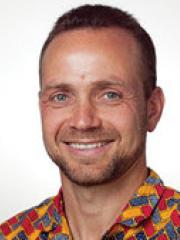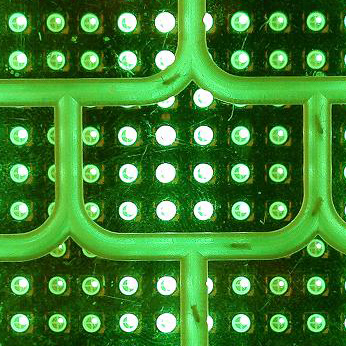Professor Bruno van Swinderen

 Professor Bruno van Swinderen: Drosophila behaviour and cognition
Professor Bruno van Swinderen: Drosophila behaviour and cognition
Our long-term vision is to understand how a brain produces subjective awareness. To achieve this long-term goal, we have focussed on understanding three brain states where awareness can be lost: general anaesthesia, sleep, and selective attention. During selective attention, we become unaware of objects outside our focus. How does that work? During sleep, the outside world is more broadly suppressed. Why is this necessary? Finally, during general anaesthesia, a bewildering array of drugs achieve the same, but deeper. By studying these three ways in which consciousness is lost, we hope to arrive at a better understanding on what is necessary for consciousness to exist – in any animal.
Researcher biography
Professor Bruno van Swinderen received his PhD in Evolutionary and Population Biology in 1998 from Washington University in St. Louis, Missouri. His graduate work was on general anesthesia in a Caenorhabditis elegans model, applying both quantitative genetics and molecular genetic approaches. For his postdoc at The Neurosciences Institute (NSI) in San Diego, California (1999-2003), he switched to Drosophila melanogaster to develop methods of studying perception in the fruit-fly model. He ran a lab at NSI from 2003 to late 2007.
Professor van Swinderen established a new laboratory at the Queensland Brain Institute in February 2008.
Bruno van Swinderen's group use Drosophila as a genetic model system to study mechanisms of perception in the brain and are interested in three phenomena: selective attention, sleep, and general anesthesia. Their focus is on visual perception and how it is affected by these different arousal states. Their current effort is in understanding how sleep regulates selective attention and predictive processing. Toward this goal, they use various novel visual paradigms in a Drosophila molecular genetics context. The lab is also focussed on understanding presynaptic mechamisms of general anaesthesia, with a view to uncovering new strategies to improve recovery from this common medical procedure.
